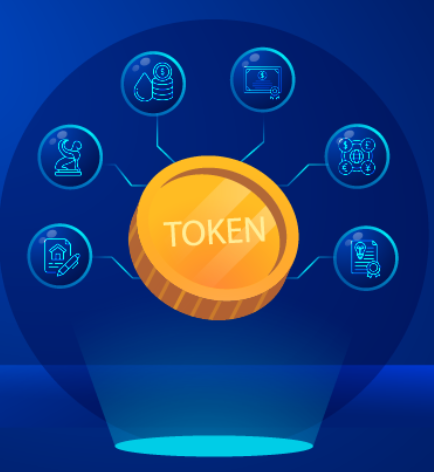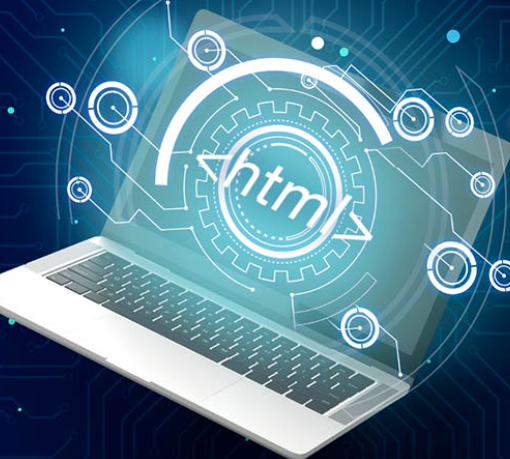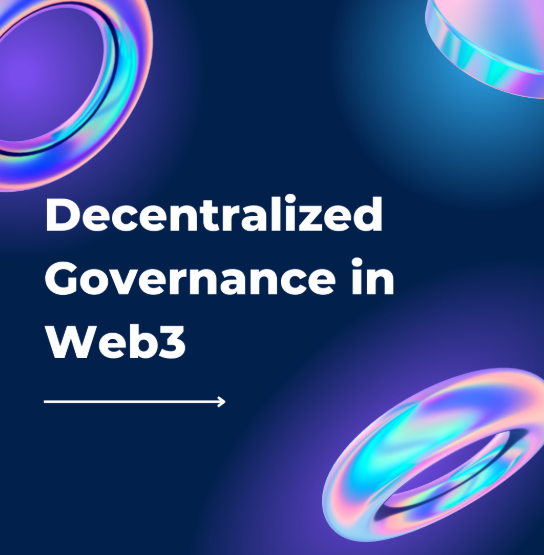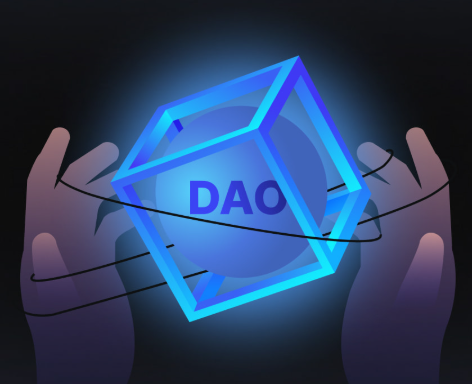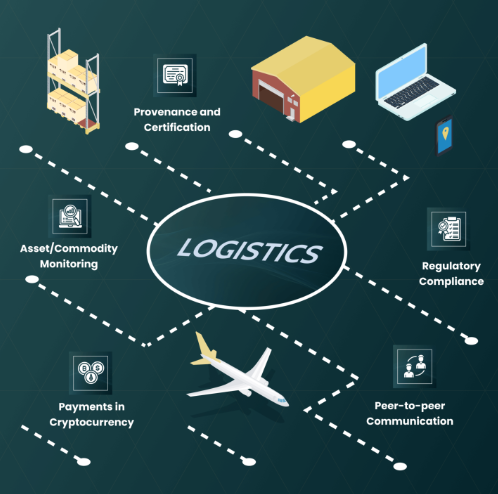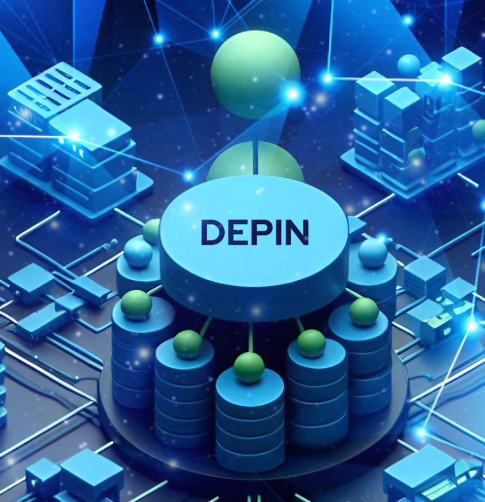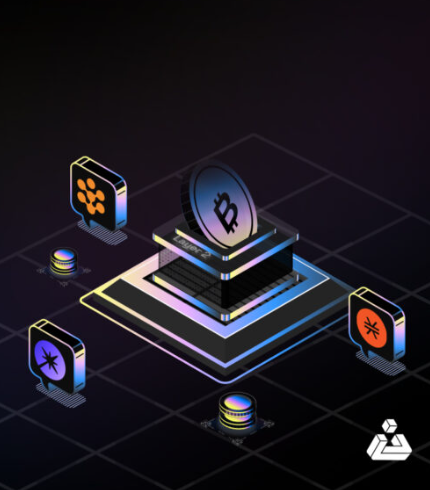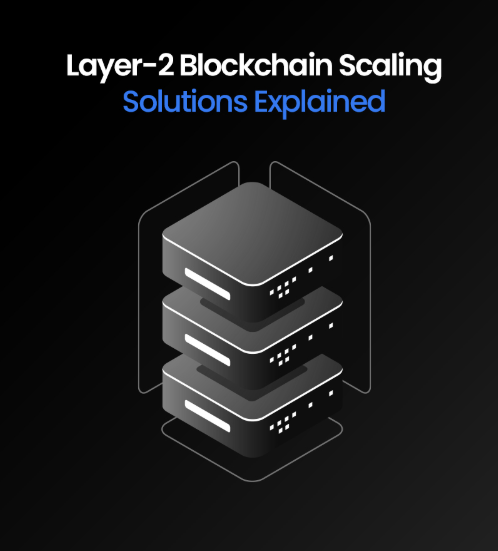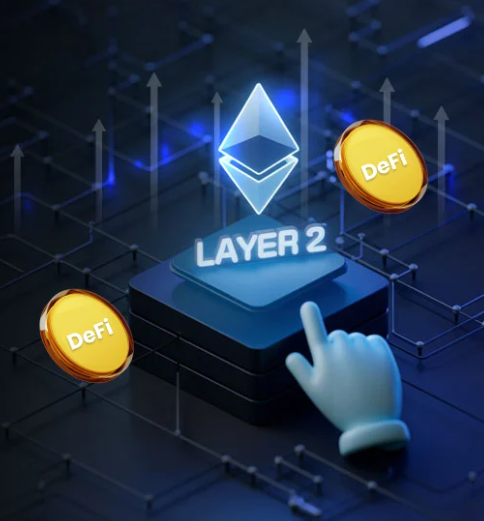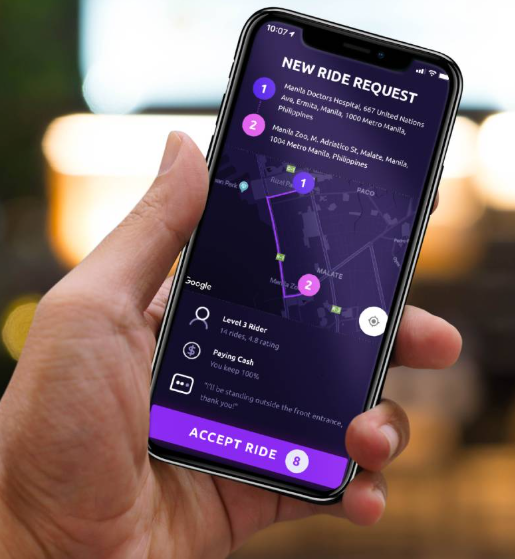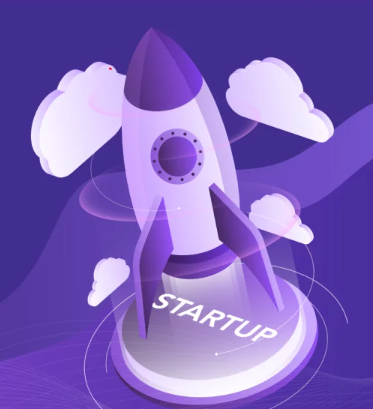
Web3 is transforming the digital world with its promises of decentralization, transparency, and ownership. As compelling as these principles are, achieving success in Web3 requires more than just enthusiasm; it demands a clear strategy, a focus on user needs, and the creation of a Minimum Viable Product (MVP).
This blog delves into the significance of MVPs for Web3 businesses and offers a detailed guide on how to create an MVP that will help you test your concept, attract users, and set the foundation for long-term success.
What is an MVP?
An MVP is a stripped-down version of a product designed to showcase its core features and validate essential business assumptions. In the Web3 space, an MVP allows startups to test their ideas and gather feedback in real-world conditions, minimizing upfront investment while proving the viability of their concept. The goal is to find the balance between essential functionality and collecting actionable insights that can guide future development.
Why Is an MVP Crucial for Your Web3 Venture?
In the fast-moving Web3 landscape, an MVP is more than just a helpful tool—it’s essential for survival. Here’s why:
- Validating Your Vision: An MVP helps founders test their assumptions against actual user behavior. It answers crucial questions, like: Are you solving a real problem? Is your product aligned with the needs of your target audience? This step ensures you’re not building for a market that doesn’t exist.
- Attracting Early Adopters: A successful MVP attracts passionate users who can become your product’s evangelists. These early adopters provide vital feedback, share their experiences, and help refine your roadmap.
- Securing Funding and Partnerships: Investors want proof that your idea has potential. A functional MVP shows traction, reduces risk, and can help secure funding or form valuable strategic alliances.
- Data-Driven Decision Making: The MVP is a tool for gathering insights. Tracking user behavior provides valuable data on trends, challenges, and areas for improvement, which helps founders make informed decisions about future updates.
A Step-by-Step Guide to Building Your MVP
- Conduct Market Research: Begin by researching the latest trends in blockchain and identifying gaps in the market. Understand who your target audience is and what their pain points are. This step ensures you’re building a product that addresses real needs.
- Clarify Your Vision: Define the problem you’re solving within the Web3 ecosystem and craft a clear value proposition. Focus on what makes your solution unique and how it addresses issues that existing products may have overlooked.
- Focus on Core Features: Resist the temptation to overbuild. The MVP should highlight the essential features that showcase your product’s core value proposition. Identify the minimum set of features that will allow users to experience your product’s value.
- Choose the Right Tech Stack: The technology you use will play a key role in your MVP’s success. Choose scalable, Web3-compatible technologies. For instance, Ethereum is a solid choice for smart contracts, while IPFS is ideal for decentralized storage.
- Create a Prototype: Once you’ve selected your tech stack, create a basic prototype with the minimum features required to test your concept. This version should be functional enough for users to understand and interact with.
- Launch, Gather Feedback, and Iterate: Release the MVP to a small group of users. Collect feedback, analyze usage data, and continuously iterate. Your MVP should evolve based on real-world insights to better serve your users.
- Build a Community: Web3 thrives on community engagement. Start building a community around your product early on. Platforms like Discord, Telegram, and X are great for fostering conversation, gathering feedback, and building excitement for your product.
- Champion Transparency: Be open with your community about your progress, roadmap, and any challenges you face. Transparency fosters trust and gives users a sense of ownership in your project, which is vital in a decentralized ecosystem.
Conclusion
Web3 offers a dynamic and fast-paced environment for innovation, and the path to success starts with a well-executed MVP. Speed, iteration, and community engagement are the keys to thriving in this space. By building with purpose and staying agile, founders can create products that evolve with their users’ needs, transforming their vision into reality. With the right strategy, Web3 advisors, and ongoing iteration, your MVP can set the stage for long-term success.










